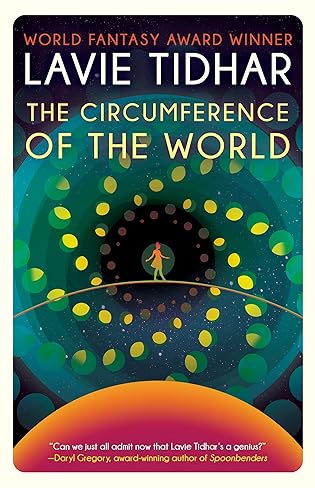 The Circumference of the World by Lavie Tidhar
The Circumference of the World by Lavie Tidhar Format: eARC
Source: supplied by publisher via Edelweiss
Formats available: paperback, ebook, audiobook
Genres: books and reading, science fiction, time travel
Pages: 256
Published by Tachyon Publications on September 5, 2023
Purchasing Info: Author's Website, Publisher's Website, Amazon, Barnes & Noble, Kobo, Bookshop.org, Better World Books
Goodreads
Caught between realities, a mathematician, a book dealer, and a mobster desperately seek a notorious book that disappears upon being read. Only the author, a rakish sci-fi writer, knows whether his popular novel is truthful or a hoax. In a story that is cosmic, inventive, and sly, multi-award-winning author Lavie Tidhar (Central Station) travels from the emergence of life to the very ends of the universe.
Delia Welegtabit discovered two things during her childhood on a South Pacific island: her love for mathematics and a novel that isn’t supposed to exist. But the elusive book proves unexpectedly dangerous. When Delia’s husband Levi goes missing, she seeks help from Daniel Chase, a young, face-blind book dealer.
Lode Stars was written by the infamous Eugene Charles Hartley: legendary pulp science-fiction writer and founder of the Church of the All-Seeing Eyes. In Hartley’s novel, a doppelganger of Delia searches for her missing father in a strange star system with three black holes.
Oskar Lens, a Russian mobster in the midst of an existential crisis, is determined to find a copy of Lode Stars. Oskar believes that the novel provides protection from unseen aliens, and that reality is only an unreliable memory that is billions of years old.
But is any of Lode Stars real? Was Hartley a cynical conman on a quest for wealth and immortality, creating a religion he did not believe in? Or was he a visionary who truly discovered the secrets of the universe?
My Review:
Unreal books, like H.P. Lovecraft’s Necronomicon, are a very real phenomenon. If you’re thinking that’s not quite correct, that Neal Stephenson wrote Necronomicon, your memory is playing a bit of a trick on you. Stephenson wrote Cryptonomicon in 1999. The first mention of Lovecraft’s Necronomicon was back in 1924 in Lovecraft’s short story, “The Hound”, more than three decades before Stephenson was born. They’re not the same book.
Fictional books, as opposed to works of fiction, as a genre, drive librarians crazy, to the point where library catalogs will have entries to said ‘unreal’ books with notes to explain to the searcher that they are looking for something that does not and never has existed. Which the searcher may or may not believe, depending on how deeply into the thing they already are. Which brings us right back to The Circumference of the World and the likely, possibly, probably fictional book within.
Lode Stars, written by the infamous Eugene Charles Hartley, may or may not be one of those unreal books. Delia Welegtabit is certain that she held a copy of the book in her own two hands when she was a child in Vanuatu.
Delia doesn’t care that the book is believed to disappear upon reading. She always preferred math to fiction, so didn’t read it then and doesn’t care about it now, as an adult living in London. But she does care about her husband who has gotten caught up in the obsession over Lode Stars, and has disappeared in his pursuit of the damn thing.
Unfortunately he’s not alone, either in that obsession or that pursuit. So Delia is chasing Levi, while the bookseller Daniel and the Russian mobster Oscar are searching for the book while Oscar, at least, doesn’t seem to care who gets in his way.
Escape Rating B: There’s always a question in the reader’s mind as to whether Lode Stars ever was a real book. That its author is clearly an avatar for L. Ron Hubbard furthers that question pretty far down the road to skepticism.
But the story is about the point where the book’s real existence no longer matters – it’s all about the obsession. Which doesn’t stop there being a whole lot of very interesting – if slightly skewed and frequently amalgamated – portraits of some of the masters of the ‘Golden Age’ of Science Fiction in the part of the story that covers the time period when Eugene Charles Hartley created the thing in the first place.
(If that part of this multithreaded and sometimes tangled story sounds interesting, I highly recommend Alec Nevala-Lee’s Astounding, which treats the period considerably more factually while still exploring all the juicy gossip and is amazingly readable over all.)
The story of The Circumference of the World is indeed multithreaded, and circles its way through multiple, disparate perspectives AND most definitely themes on its way around that circumference.
The main character of Lode Stars is not only named Delia, but that character spends that story in search of her father through the galaxy just as the real Delia is searching for her husband on Earth. The story jumps as much through time and history as it does through space, and touches on, not just the history of science fiction but also love, mental illness and the conman artistry of Lode Star’s author.
It’s a book that leaves the reader not certain where they’ve been or where the story went, or if it even came to a satisfactory conclusion, but Delia’s quest is conducted at a wild pace that keeps the reader turning pages until the very last.
One final note, because I feel the need to close the circle back to the Lovecraft reference I started with. There’s another real book that deals with a fictional book that also traipses its way through the Golden Age of SF on its way to a much more certain determination of whether or not the book that the characters are obsessing over is a real book or just a real fake. That story is The Night Ocean by Paul La Farge, and it centers on a book by H.P. Lovecraft of the same name that may be a real book, or may be a real fake. And just as in The Circumference of the World, it’s up to the reader to determine whether or not they are satisfied with the answer at the end.

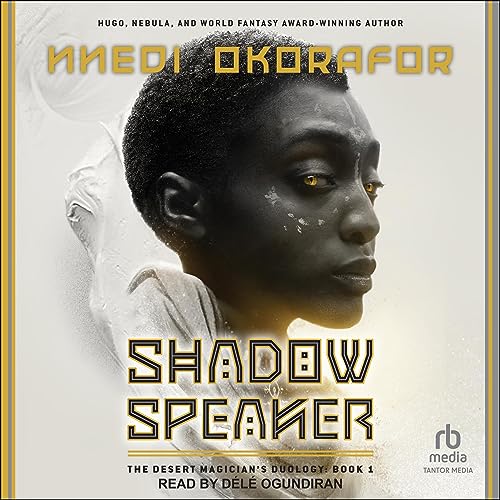 Shadow Speaker (The Desert Magician's Duology, #1) by
Shadow Speaker (The Desert Magician's Duology, #1) by 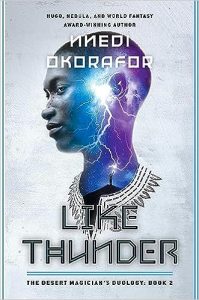 Which means that while the narrator, Délé Ogundiran, does an excellent job of standing in as Ejii’s voice, that may not be true for the second book in the duology, which will be Dikéogu’s story. Hopefully by the point in Dikéogu’s life when that story takes place, his voice will have dropped.
Which means that while the narrator, Délé Ogundiran, does an excellent job of standing in as Ejii’s voice, that may not be true for the second book in the duology, which will be Dikéogu’s story. Hopefully by the point in Dikéogu’s life when that story takes place, his voice will have dropped.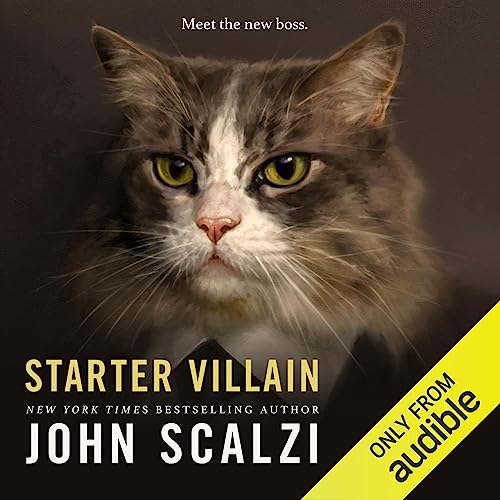 Starter Villain by
Starter Villain by 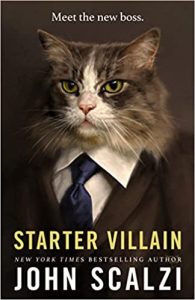 Escape Rating A: Charlie starts out Starter Villain in WAY, WAY over his head. Part of his charm is that he never loses sight of that fact. He’s always aware that he hasn’t got a clue, and isn’t likely to get one any time soon, and is secretly panicking about it every other minute. Which is a big chunk of why we like him and end up rooting for him so hard, because his inner voice is asking the same questions that a lot of us would be asking in his place.
Escape Rating A: Charlie starts out Starter Villain in WAY, WAY over his head. Part of his charm is that he never loses sight of that fact. He’s always aware that he hasn’t got a clue, and isn’t likely to get one any time soon, and is secretly panicking about it every other minute. Which is a big chunk of why we like him and end up rooting for him so hard, because his inner voice is asking the same questions that a lot of us would be asking in his place.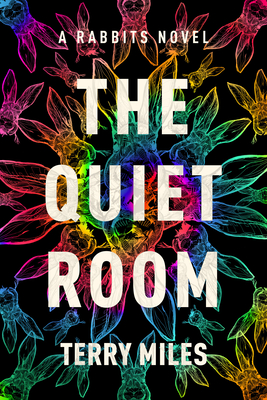 The Quiet Room (Rabbits, #2) by
The Quiet Room (Rabbits, #2) by 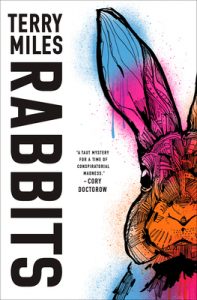 Escape Rating B: I honestly did not expect to like The Quiet Room. The first book in the series, titled
Escape Rating B: I honestly did not expect to like The Quiet Room. The first book in the series, titled 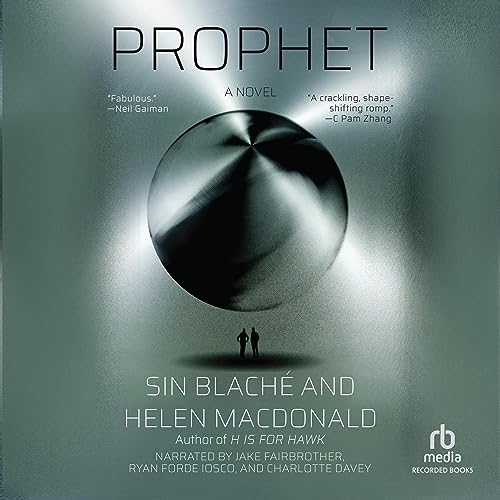 Prophet by
Prophet by 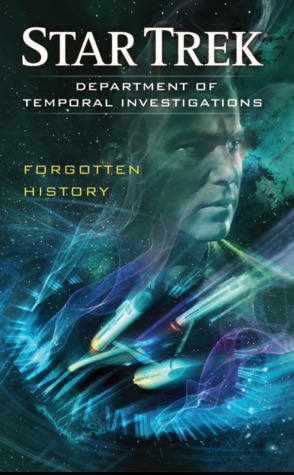 Forgotten History (Star Trek: Department of Temporal Investigations, #2) by
Forgotten History (Star Trek: Department of Temporal Investigations, #2) by 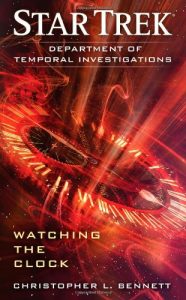 But Kirk, for all of his temporal escapades, and in spite of the way that DTI investigates the ways and means in which time looks back on itself, is more than a century in their rear view mirror. So to speak. And as DTI Agents Lucsly and Dulmur discovered in the first book in the DTI series,
But Kirk, for all of his temporal escapades, and in spite of the way that DTI investigates the ways and means in which time looks back on itself, is more than a century in their rear view mirror. So to speak. And as DTI Agents Lucsly and Dulmur discovered in the first book in the DTI series, 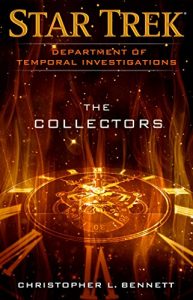 Which means that, while I did like Forgotten History quite a bit, a good bit of that is due to the high nostalgia factor in going back to the era of
Which means that, while I did like Forgotten History quite a bit, a good bit of that is due to the high nostalgia factor in going back to the era of 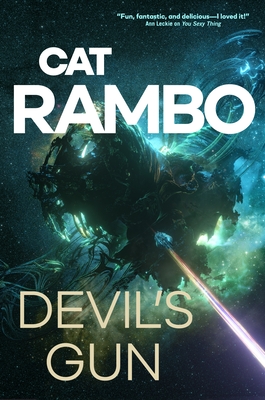 Devil's Gun (Disco Space Opera #2) by
Devil's Gun (Disco Space Opera #2) by 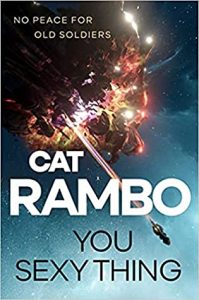 Escape Rating B: I picked this up because I enjoyed the first book in the series,
Escape Rating B: I picked this up because I enjoyed the first book in the series, 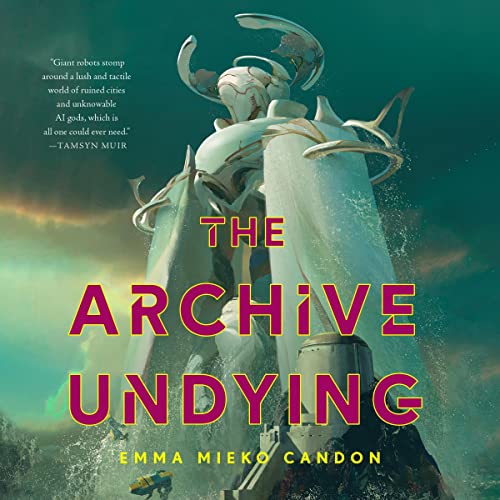 The Archive Undying (The Downworld Sequence, #1) by
The Archive Undying (The Downworld Sequence, #1) by 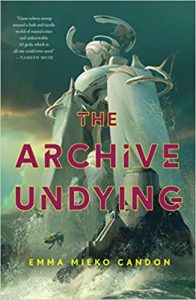 Escape Rating B: I listened to The Archive Undying in its entirety, and I have to say that its the narrator that carried me through all SIXTEEN AND A HALF HOURS. The narrator didn’t just do a good job of voicing all the many, many characters, but by literally being in their heads and not my own it allowed me to care enough about the individuals to be willing to experience the whole constantly twisting saga. If I’d been reading this as text, if I’d been in my head instead of theirs, I’d have DNF’d fairly early because the sheer number of changes in perspectives combined with unsatisfying hints of the world they occurred in would have driven me mad in short order. YMMV.
Escape Rating B: I listened to The Archive Undying in its entirety, and I have to say that its the narrator that carried me through all SIXTEEN AND A HALF HOURS. The narrator didn’t just do a good job of voicing all the many, many characters, but by literally being in their heads and not my own it allowed me to care enough about the individuals to be willing to experience the whole constantly twisting saga. If I’d been reading this as text, if I’d been in my head instead of theirs, I’d have DNF’d fairly early because the sheer number of changes in perspectives combined with unsatisfying hints of the world they occurred in would have driven me mad in short order. YMMV.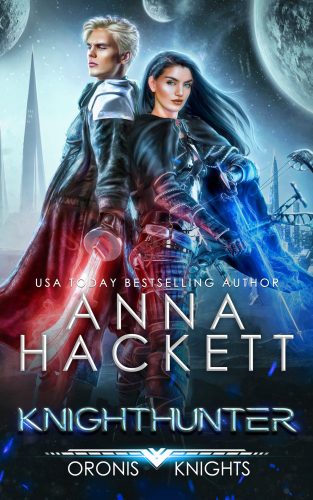 Knighthunter by
Knighthunter by 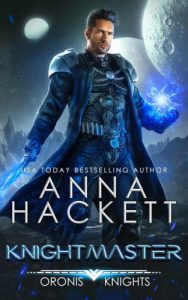 Escape Rating A-: In terms of the overarching story of the Oronis vs. the ‘Big Bad’, in this instance the Gek’Dragar, Nea and Kaden’s pursuit of a series of fleeing Gek’Dragar ships through Gek’Dragar space gives the reader a tour of the galaxy and a whole host of reasons to understand why the Oronis have such a huge and justified hate-on for their scaly enemy.
Escape Rating A-: In terms of the overarching story of the Oronis vs. the ‘Big Bad’, in this instance the Gek’Dragar, Nea and Kaden’s pursuit of a series of fleeing Gek’Dragar ships through Gek’Dragar space gives the reader a tour of the galaxy and a whole host of reasons to understand why the Oronis have such a huge and justified hate-on for their scaly enemy.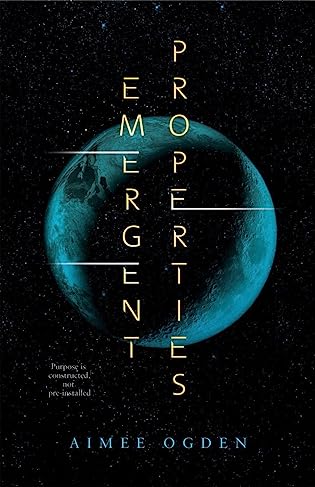 Emergent Properties by
Emergent Properties by